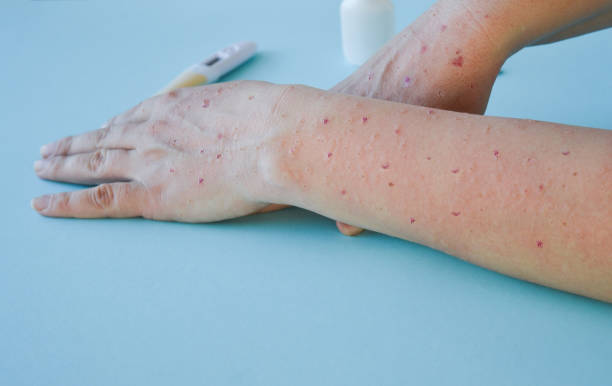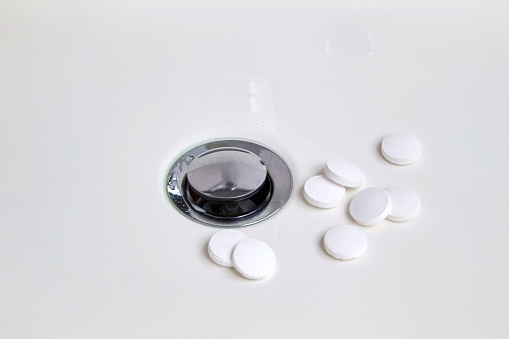If you’re concerned that you may have the granulomatous disease, there are a few things that you should know. This genetic disorder is caused by a deficiency of an important enzyme found in white blood cells. This enzyme is responsible for manufacturing oxidants that help the body kill microbial infections.
How do you get the granulomatous disease?
A person with chronic granulomatous disease (CGD) has a weak immune system that makes the body vulnerable to infections caused by a specific type of bacteria or fungus. The disease causes granulomas, which are collections of immune cells, to develop throughout the body. This disorder is inherited through genetics and is most often diagnosed in children, though it can affect both sexes. People with CGD typically experience an infection every three to four years, and they can have difficulty healing wounds.
People with the granulomatous disease have abnormal immune cells that clump together to form tiny nodules. These granulomas typically form in the lungs. In addition to the lungs, other parts of the body can be affected.
How do I know if I have granulomatous inflammation?
Granulomas are small clusters of immune cells that form on the skin, head, or lungs. They develop as a response to an infection, irritant, or foreign body. Usually, granulomas disappear on their own but in some people, they can persist and cause scarring. The best way to find out if you have granulomas is to see a doctor.
Most granulomas are small, causing no symptoms, and are often discovered by accident. However, if they become calcified, they can be easily spotted on X-rays. CT scans can also detect smaller nodules, providing a more detailed view.
What is the treatment for the granulomatous disease?
Chronic granulomatous disease (CGD) is a condition that damages the immune system and leaves the body vulnerable to infections caused by specific fungi and bacteria. It is characterized by the appearance of granulomas, and collections of immune cells. This disorder is inherited genetically and generally affects men, although it can affect both sexes. Symptoms include inflammation of the skin, gastrointestinal tract, and lymph nodes. It can also lead to abnormal enlargement of the liver and spleen.
Treatment for chronic granulomatous disease begins with a diagnosis of the disease. Infections are often life-threatening for patients with chronic granulomatous disease. The disease is a genetic disorder in which the body’s cells lack the chemicals that normally help the immune system fight off germs. This leads to a higher chance of developing infections and too many immune cells that form granulomas. The inflammation that results can damage the organs and cause other complications.
Does granulomatous disease go away?
The chronic granulomatous disease causes the immune system to malfunction, making the body more susceptible to infections caused by specific bacteria and fungi. Because of this, people with the disease frequently experience recurrent infections and areas of inflammation throughout various tissues. In severe cases, granulomas may be life-threatening, but with proper medical care, patients can lead full and productive life.
Some common symptoms of the chronic granulomatous disease include persistent runny nose, skin irritation, and inflammation. The disease may also cause painful pockets of pus near the anus and gastrointestinal pain. Some symptoms may persist for weeks or even decades. Fortunately, treatment is available, including prescription-strength steroid creams and oral steroids.
Can a granuloma become cancerous?
Although granulomas are usually harmless, they can develop into cancer if they are not treated properly. A biopsy can be used to confirm the diagnosis. The biopsy may include a fine needle biopsy or a transbronchial biopsy. A biopsy may also include a pulmonary function test. The diagnosis of granuloma requires careful history taking and imaging tests.
A granuloma is normally noncancerous and will usually go away on its own, though some people may need surgery to remove them. A bacterial infection in the lungs may also cause a granuloma to develop. Anti-inflammatory medications and corticosteroids can help control inflammation. Although there is no cure for sarcoidosis, treatment can control the condition and keep it from getting worse.



